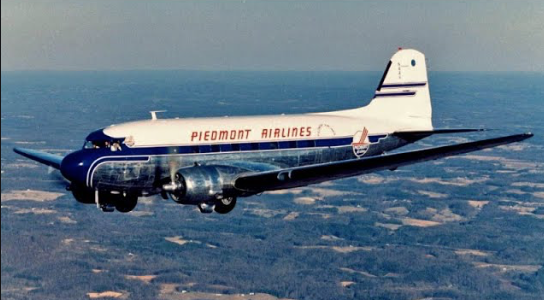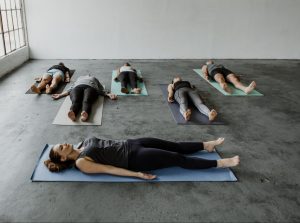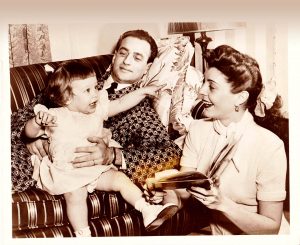
Flight of the Gooney Bird
The N.C. Transportation Museum works to restore the Potomac Peacemaker
By Billy Ingram
In January’s O.Henry magazine, there’s a brief oral history of the glory days of Piedmont Airlines, including interviews with former flight attendants and pilots who flew for the airline back when air travel was a pleasure.
There’a an exciting project underway at the N.C. Transportation Museum, where specialists are restoring one of Piedmont’s DC-3s, the most versatile airliner ever built, with attention to every detail, right down to the fabric on the seats.
“Most of Piedmont’s DC-3s were converted pax DC-3s,” says museum spokesperson Savannah Bess, part of the Potomac Pacemaker project. “Most of them started their lives off as C-47 and C-53 variants. Our airplane, the Potomac Pacemaker, was one such plane.” After service during WWII, these planes were sold off for very little money by the Reconstruction Finance Corp. Piedmont Airlines got off the ground with a fleet of these so-called Gooney Birds, as they were affectionately known.
“Our plane, the Potomac Pacemaker, rolled off the assembly line in Santa Monica, California, in 1942,” Bess says. That plane was initially leased and then sold to Western Airlines where it served from 1945-55.
“However, Western was phasing out the old threes and replacing them with more efficient Convairs,” Bess told me. “Piedmont relied on the DC-3 religiously. It was the only airplane at the time that could not only be reliable and easy to repair for a small airline, but manage to land in the most out-of-the-way airports, sometimes nothing more than a tobacco field in Goldsboro or a strip shaved into a mountain top in West Virginia.”
Piedmont snatched up every DC-3 it could get. “When they learned Western was divesting their Gooney fleet, Piedmont decided to drop them a line,” Bess says. “Piedmont named its Pacemakers after various geographical or cultural reference points on their route system. The Potomac Pacemaker plied Piedmont’s route faithfully until the DC-3’s retirement in 1963.” The airplane was saved by Durham’s Museum of Life and Science, which gave it a cosmetic makeover. By the time the N.C. Transportation Museum purchased her in 2002, she was in poor condition. The DC-3 was taken apart and shipped to Spencer in 2004. “It was an emotional moment for some of us,” Bess notes. “I was there the day the fuselage was taken away. I’m a native and resident of Durham. I grew up literally underneath that airplane, and she fostered my love of aviation. I had no idea how involved I would be years later.
“Things really started snowballing into action until our old team leader, Capt. Bill Wilkerson, lit a fire and volunteers started to come twice a month, putting in more than eight hours a shift. That was only several years back. Not just Piedmont people started to join the project; students from Guilford Tech, aircraft mechanics and enthusiasts from different walks of life all started to pitch in. I joined the project in 2016. Our goal is to restore, as perfectly as possible, an airplane you can step into circa 1962.” That’s right, one day you’ll be able to walk into this fully refurbished airliner.
There’s no timeline on exactly when that will be as the uncertainty of our current circumstance has had a pausing effect on museums everywhere. “What I can tell you,” Bess says, “is that the project has had some fresh attention and gotten new interest excited, thanks to our social media presence on Facebook detailing the restoration as it goes along, and our joining the DC-3 Society, formerly known as the D-Day Squadron. We have had massive success rebuilding the airframe, namely the fuselage, which was rotting from underneath. Now it’s brand new aluminum. Our engines and landing gear are complete. Furthermore, our plans for the future building include, not just Piedmont artifacts, but our plane’s military history and tribute to the American Theater, and work the DC-3 tirelessly engaged in, bringing us to victory. From training young pilots on how to deliver troops into enemy territory, or carrying pilots who would toss peanuts and Coke to poor Southern children, our plane did it all.”





